Three reasons why companies fail at Diversity, Equity and Inclusion
Two statistics in this diversity, equity and inclusion (often shortened to DEI) survey caught my attention. They are that:
74% of senior leaders supported diversity and inclusion efforts;
34% said they had sufficient resources to do the work.
Both of these statistics are shocking, yet they also provide insight into three reasons why DEI efforts consistently fail.
According to the survey, a quarter of senior leaders in the businesses surveyed don’t support diversity and inclusion efforts. In my experience, this is often not a determined, opposing standpoint, it is the first reason for DEI failure - poor education.
As a former employee myself I’ve seen DEI programs firsthand. In fact, the first training session that I went on many years ago was so confusing that the questions lasted longer than the training itself! But at least, as a management group, we wanted to know more and improve. We weren’t opposed; we were curious.
It's imperative that education on diversity, equity and inclusion translates into tangible understanding and action. Simply throwing them all together because the acronym ‘works’ isn’t helpful.
Diversity, equity and inclusion are all very different things and education on what they are and how to put them into practice should be handled separately. Here’s a short summary of each:
Diversity - the presence of a wide range of human differences within an organisation e.g. race, ethnicity, gender, age, sexual orientation, religion etc. as well as personality, communication and social backgrounds.
Equity - creating a level playing field where all employees - regardless of their diversity - have the resources and structures they need to succeed. This includes access to information, technology, removal of barriers to getting work done (including behaviours) and of course, being paid a fair wage for the job they do.
Inclusion - creating an environment where all humans feel valued, respected, heard and supported. This environment has to provide physical and emotional safety such that individuals can contribute and collaborate in a way that enhances outcomes for the organisation AND the individual.
Explaining what each element is addresses the education piece, but only to a point. The education also needs to explain (or better still, workshop) what practising each element looks like for each member of staff, which is the second reason for DEI failure - low accountability.
I’ve witnessed some good education when it comes to DEI, which then fails because no one is held to the new approach, language or behaviours expected.
Without meaningful accountability, people will stop caring. Accountability is the practice of taking responsibility for one’s actions. So the education program needs to provide employees with the opportunity for them to determine (not to be told) what they need to change in order to demonstrate that they understand the education they have just received.
Only once an individual, in the role that they occupy, understands what they need to do differently and then do it, can the second reason for DEI failure be addressed.
It’s also true that employees can only put what they’ve learned into action with the support of their managers and organisation, which is the third reason for DEI failure - low organisational priority
It’s very easy for organisations to say that DEI is a priority on their webpage, in the hope of projecting an image that improves shareholder value or community confidence. Yet, it’s quite another to spend money on initiatives, culture building activities, advertising or to take a different approach to recruitment.
Companies that prioritise DEI are continually looking at ways they can improve their policies, biases and behaviours. They also hold their managers to a higher standard than those that don’t value DEI. They want to do this work because it’s the right thing to do by the people who work for them, those that manage them and those who may want to work for them.
There’s no belonging without DEI
These companies also embrace difference and celebrate it throughout the year. However, they recognise that providing staff with rainbow lanyards is less important than sacking an established senior manager for using homophobic language. Of course the former is an important cultural symbol, but the latter is a demonstration of how serious the company is about improving DEI. These things are important markers for the priority of DEI in an organisation and in addressing the third reason for failure.
Becoming an employer that values and provides diversity, equity and inclusion is within the reach of every single organisation. However, it’s only possible if they educate their people, hold each other accountable to the actions and behaviours and commit to prioritising it, not just as a training course, but as a way of doing business. Only then will DEI become meaningful to every single employee and demonstrate to the world that the organisation is taking it seriously.
Curious about culture change but don’t know where to start?
Colin provides free Culture Blueprint calls that in 40 minutes establish where your culture is now and the work that needs to be done to get it where you want it to be. If you’re excited about the potential of your organisation or team’s culture, a Blueprint will show you the way forward.
Contact Aileen at hello@colindellis.com to schedule your call.


